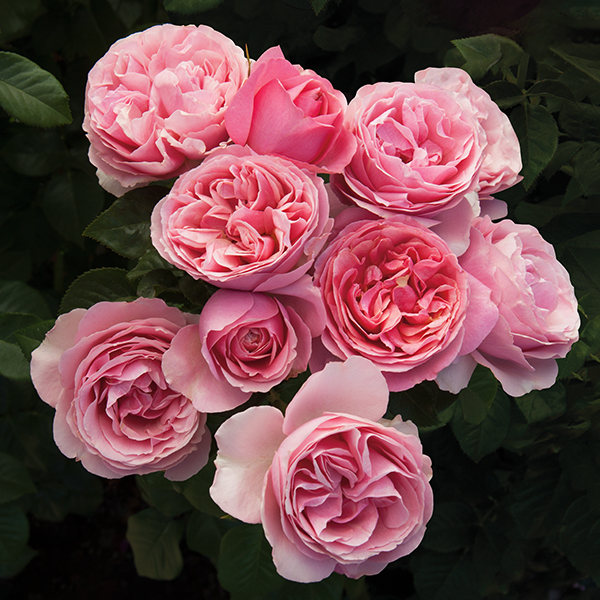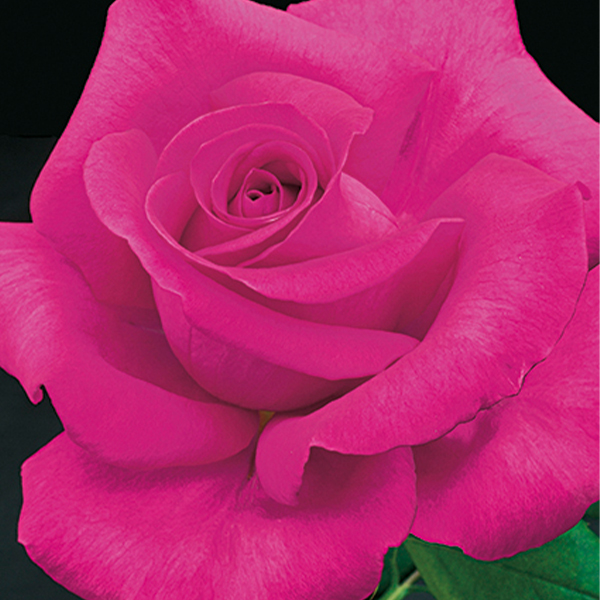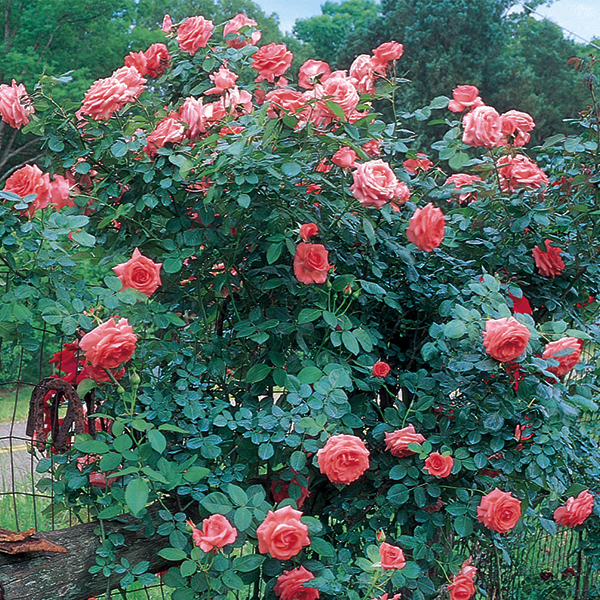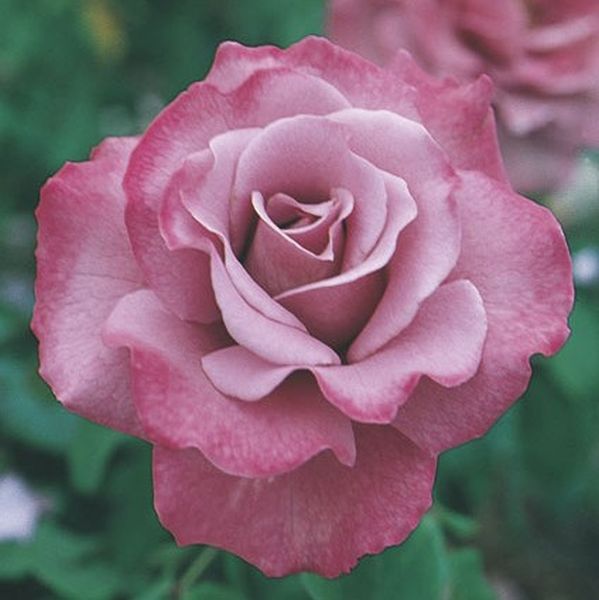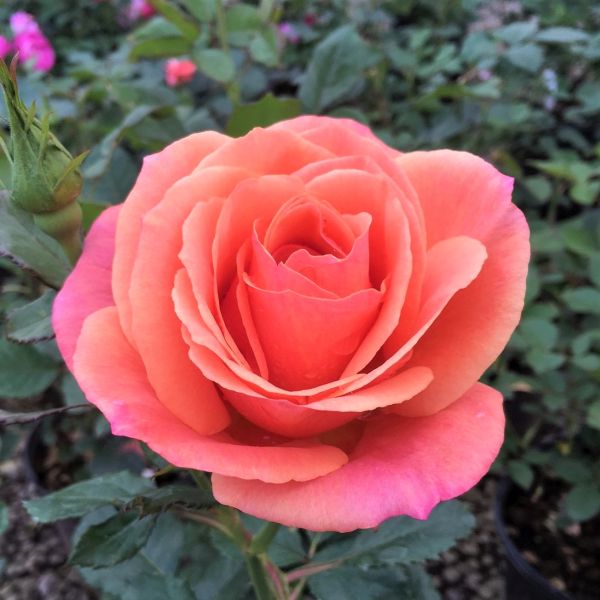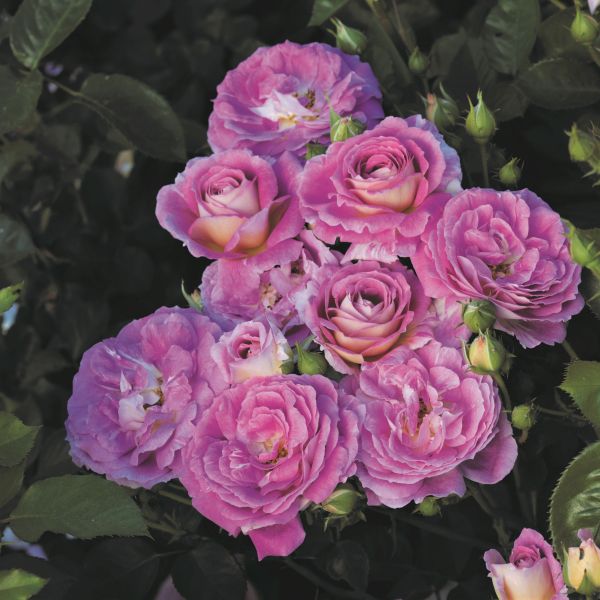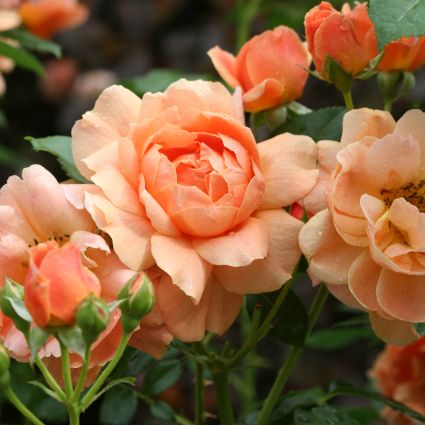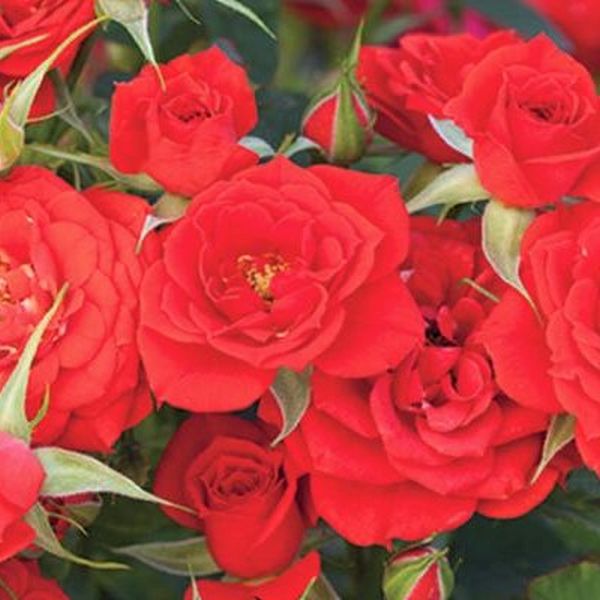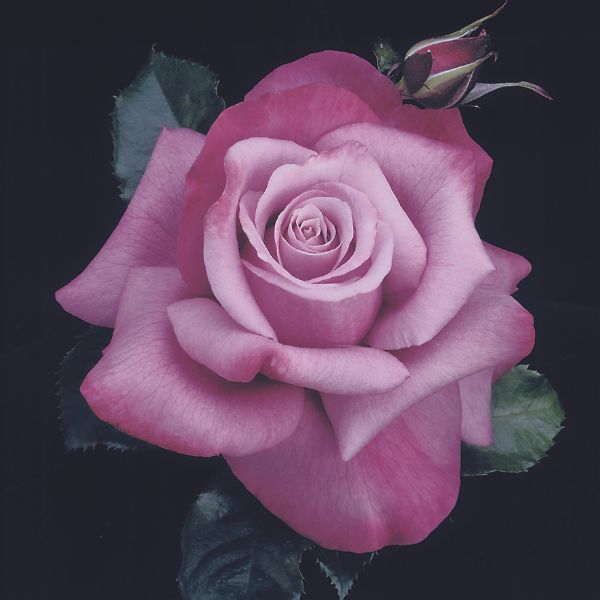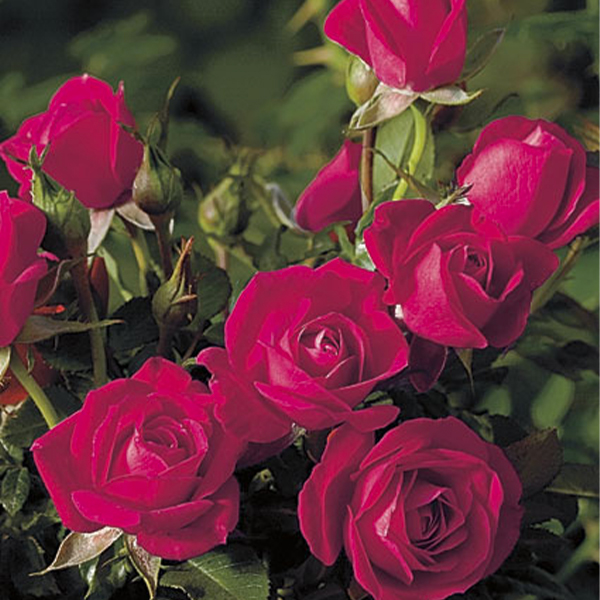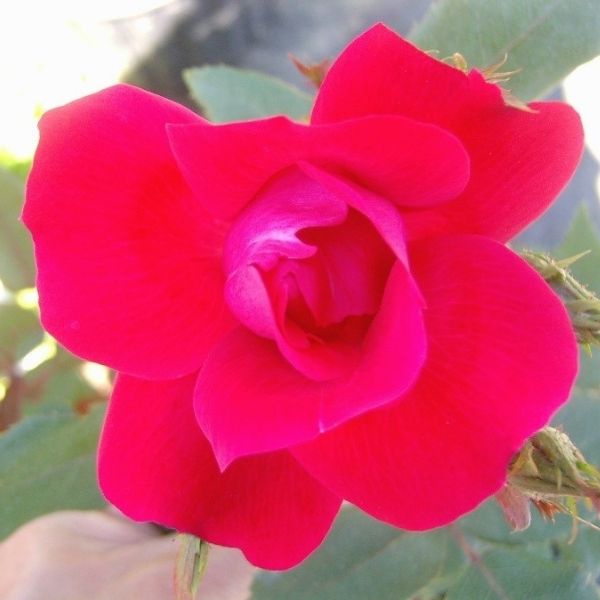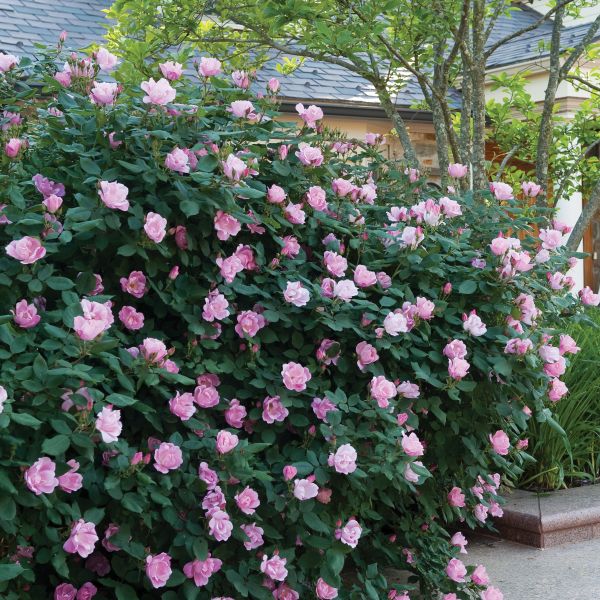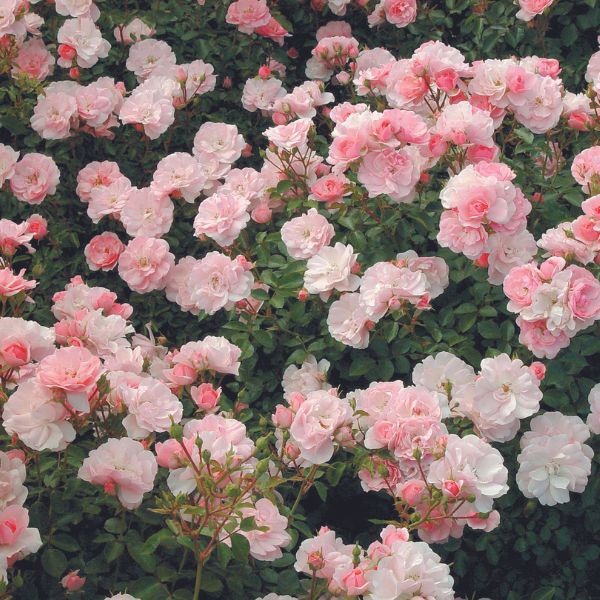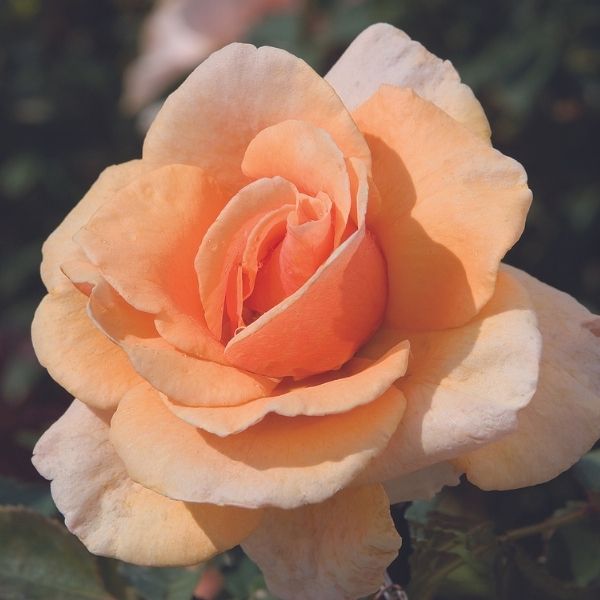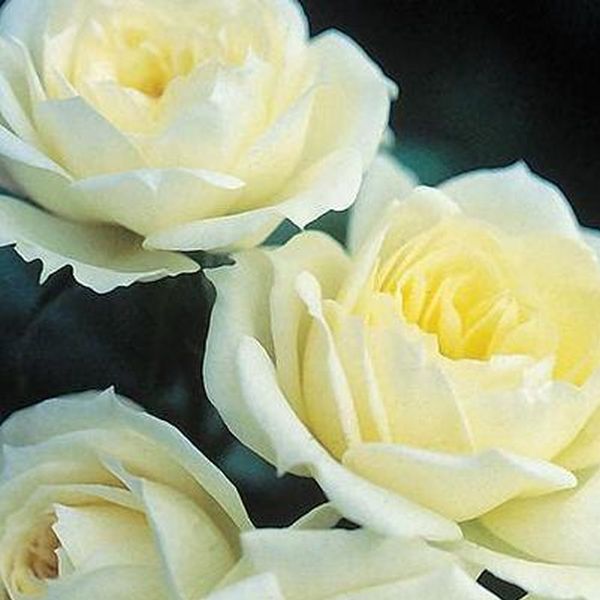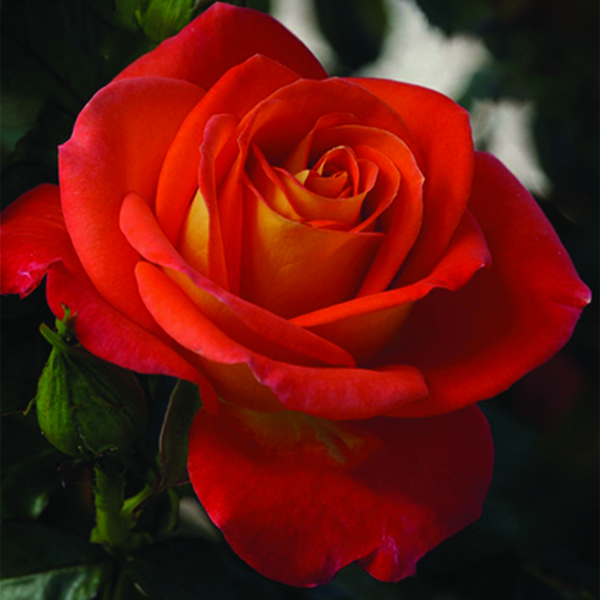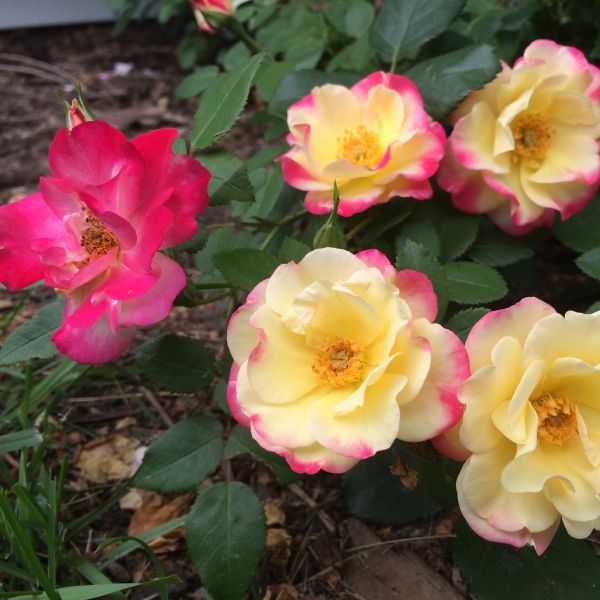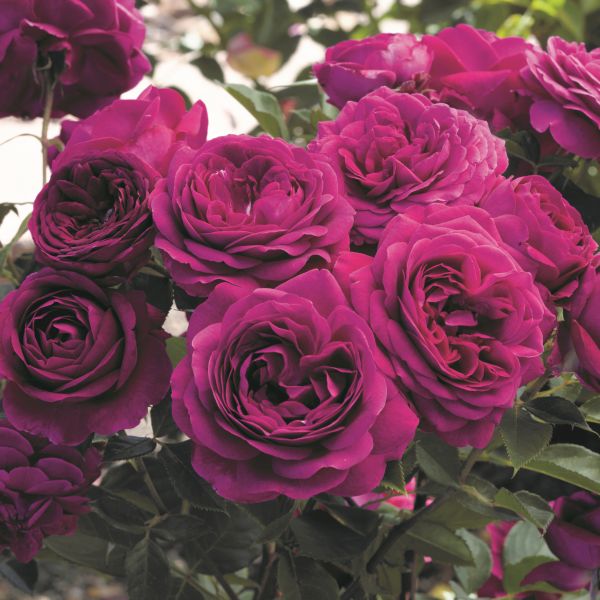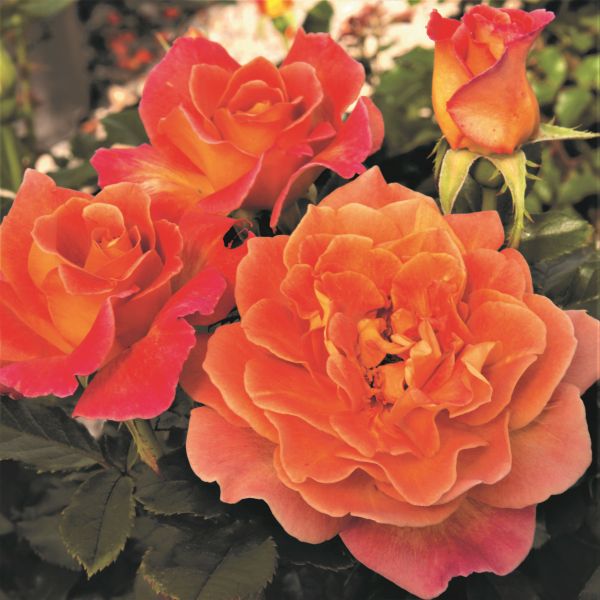
Rosie the Riveter Rose
Rosa 'WEKzazou'
20 reviews
Rosie the Riveter Rose
Rosa 'WEKzazou'
20 reviews
- Unique and historical tribute to the iconic Rosie the Riveter
- Vibrant and long-lasting blooms that add beauty to any garden
- Drought-tolerant and easy to care for, perfect for busy gardeners
- Recommended by landscape designers for optimal fit in real yards
$94.00
$135.00
30% Off
- Ships to 43215 in 3 to 7 days
- Free Shipping Over $150
- Plant Arrival Guarantee
- In Stock
- Free Plant Consult
$200 - Landscape-Approved: Every Plant We Sell Comes With Design Expertise Behind It
1.5 Gallon
Not just beautiful - intentionally selected by ShrubHub's 3D landscape design team to fit real-world spaces and maximize yard potential.
Why Rosie the Riveter Rose?
Rosie the Riveter Rose (Rosa 'WEKzazou') was named after the iconic image of Rosie the Riveter, representing strong and empowered women during World War II. This unique floribunda rose features vibrant, multicolored blooms in shades of yellow, orange, and pink. With its bold colors and vigorous growth, this rose pays homage to the spirit of resilience and determination celebrated by Rosie the Riveter.
People who loved this plant also bought
Sunlight
The sunlight requirement for Rosie the Riveter Rose is full sun, meaning it needs to receive direct sunlight for at least 6 hours a day in order to grow and thrive.
Watering
The watering requirement for Rosie the Riveter Rose is moderate to regular watering. It should be watered deeply but less frequently, allowing the top inch of soil to dry out in between waterings.
Fertilizing
Rosie the Riveter Rose requires a balanced fertilizer with equal amounts of nitrogen, phosphorus, and potassium.
Rosie the Riveter Rose (Rosa 'WEKzazou')
The Rosie the Riveter Rose, also known as Rosa 'WEKzazou', is a stunning and vibrant variety that will add a pop of color to any garden or landscape. This hybrid tea rose was introduced by Weeks Roses in 2002 and has quickly become a favorite among rose enthusiasts.
Features:
- Color: The flowers of Rosie the Riveter Rose are a brilliant blend of pink and lavender, creating a mesmerizing display of color. As the blooms mature, they develop a deeper shade of lavender, adding depth and dimension to the plant.
- Form: This rose features large, elegant blooms with a classic hybrid tea shape. Each flower typically has 25-30 petals, creating a full and luxurious appearance.
- Fragrance: Rosie the Riveter Rose has a delightful fragrance that combines notes of spice and citrus. The scent is not overpowering but adds a pleasant aroma to any outdoor space.
- Size: When fully grown, this rose variety reaches a height of about 3-4 feet and has a spread of approximately 2-3 feet. It has an upright growth habit and its sturdy stems make it an excellent choice for cutting and using in floral arrangements.
- Hardiness: This rose is known for its resilience and ability to withstand a wide range of climates. It is considered a hardy plant and is suitable for growing in USDA zones 5-10.
Care Instructions:
Rosie the Riveter Rose is relatively low maintenance but thrives when provided with proper care. Here are some care guidelines to keep your rose healthy:
- Sunlight: Plant the rose in an area that receives at least 6 hours of direct sunlight every day for optimal growth and blooming.
- Watering: Water the plant deeply and regularly, ensuring the soil is evenly moist but not waterlogged. Avoid overhead watering to prevent fungal diseases.
- Pruning: Prune the rose in early spring to remove dead or damaged wood and promote airflow. Additionally, deadhead spent blooms throughout the growing season to encourage continuous flowering.
- Fertilization: Apply a balanced rose fertilizer in early spring and again in mid-summer to provide the necessary nutrients for healthy growth and abundant blooms.
- Pest and Disease Control: Regularly inspect the plant for common rose pests such as aphids or spider mites. Treat with insecticidal soap or horticultural oil if necessary. Monitor for diseases like blackspot or powdery mildew and use appropriate fungicides if symptoms appear.
Uses:
Rosie the Riveter Rose is a versatile and eye-catching addition to any garden. Some popular uses for this rose include:
- Bedding: Plant Rosie the Riveter Roses in flowerbeds or borders where their vibrant color and elegant form can be appreciated.
- Containers: This rose variety can be grown successfully in large containers or pots, making them ideal for decks, patios, or balconies.
- Cut Flowers: With its strong stems and abundant blooms, Rosie the Riveter Rose is an excellent choice for creating stunning floral arrangements.
- Gifts: Whether for a special occasion or "just because", these roses make a thoughtful and beautiful gift for loved ones.
Add the Rosie the Riveter Rose to your garden and enjoy the beauty, fragrance, and elegance it brings!
Plant Information:
| Botanical Name: | Rosa 'WEKzazou' |
| USDA Zones: | 5 - 9 |
| Water: | Moderate |
| Exposure: | Full Sun |
| Soil Needs: | Well Drained |
| Mature Height: | 3 - 4 feet |
| Mature Spread: | 2 - 3 feet |

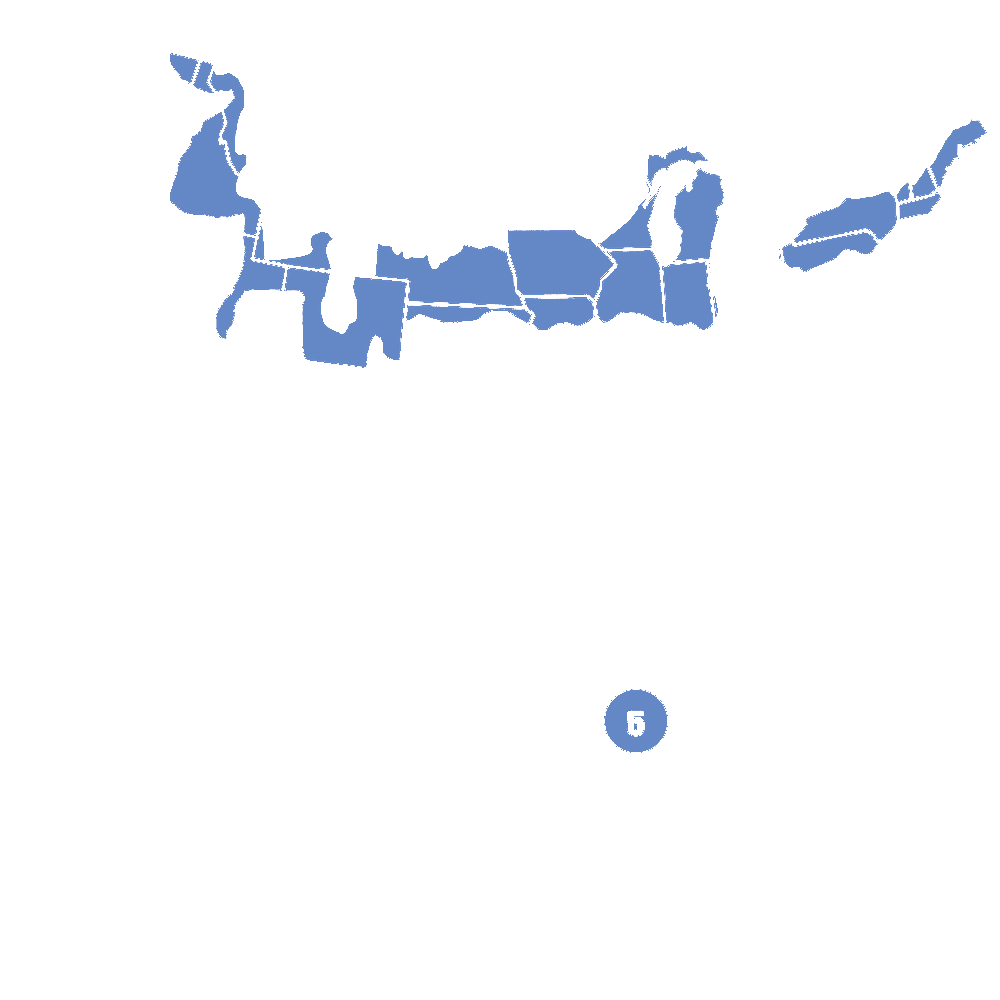
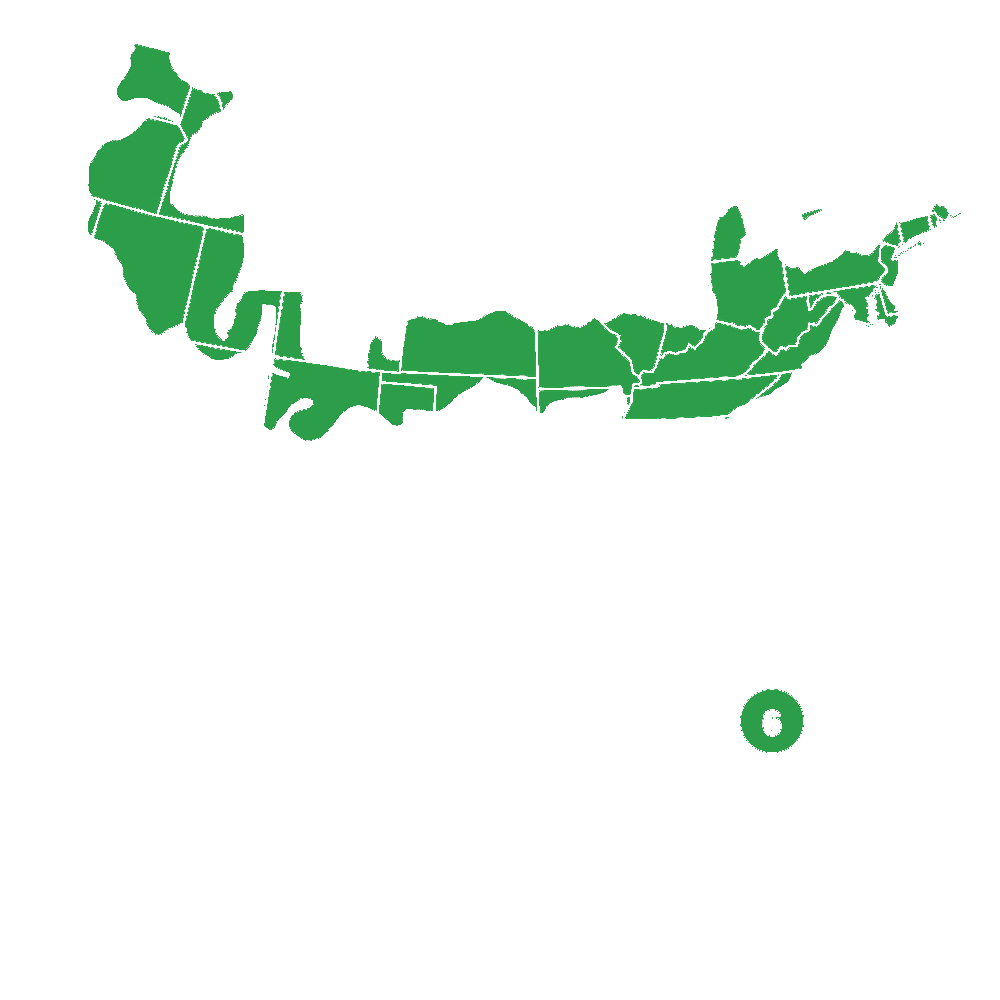
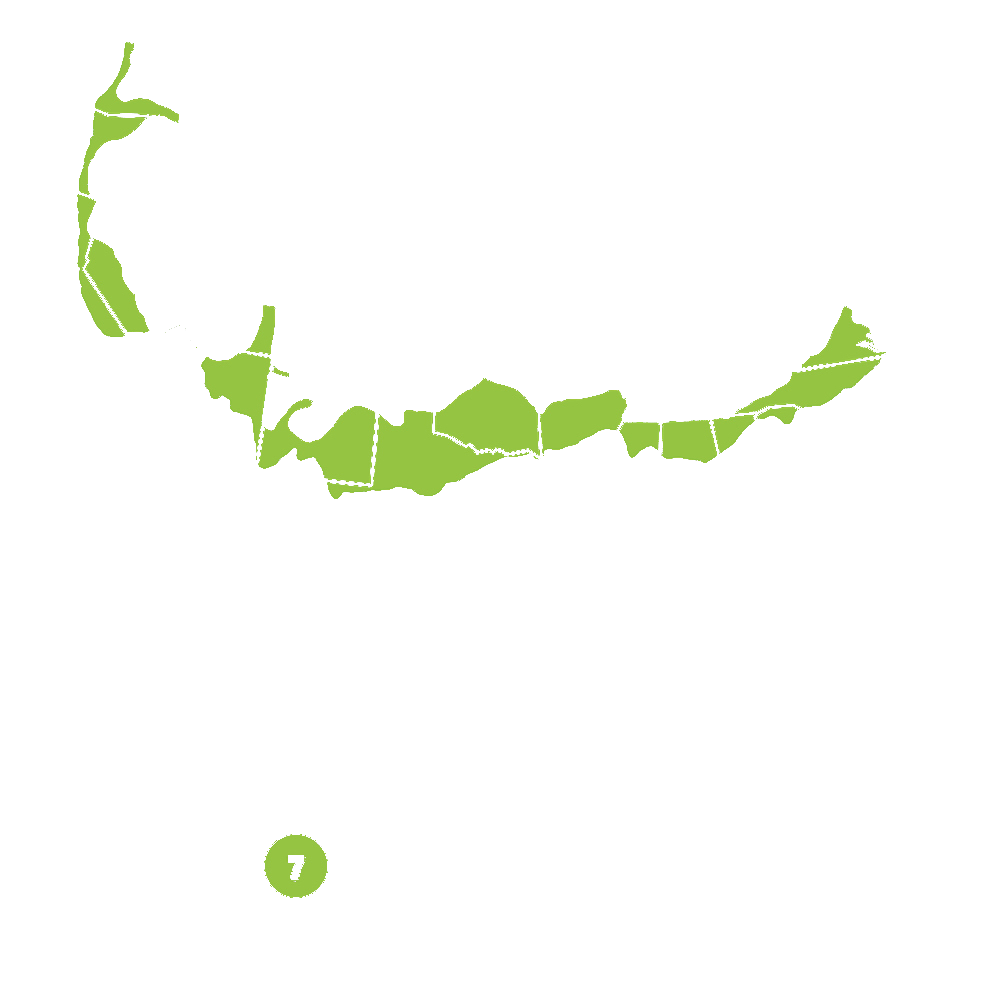
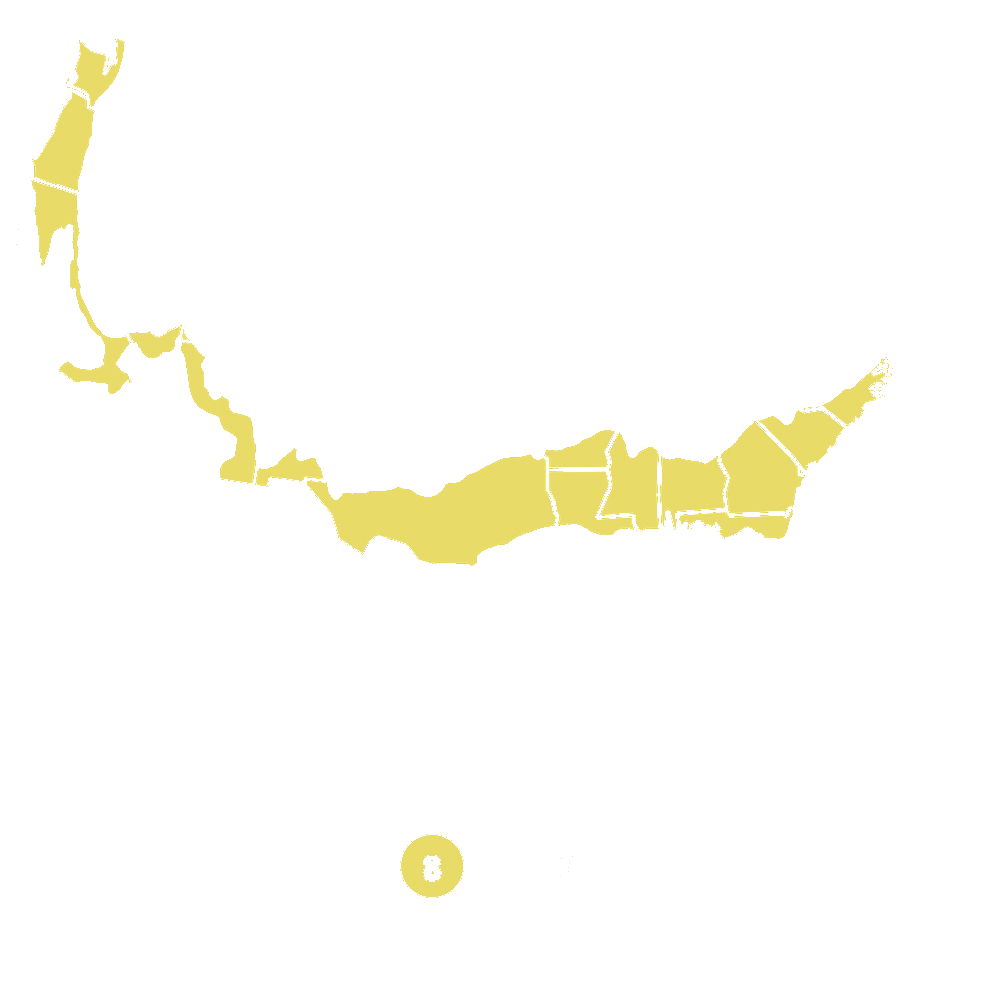
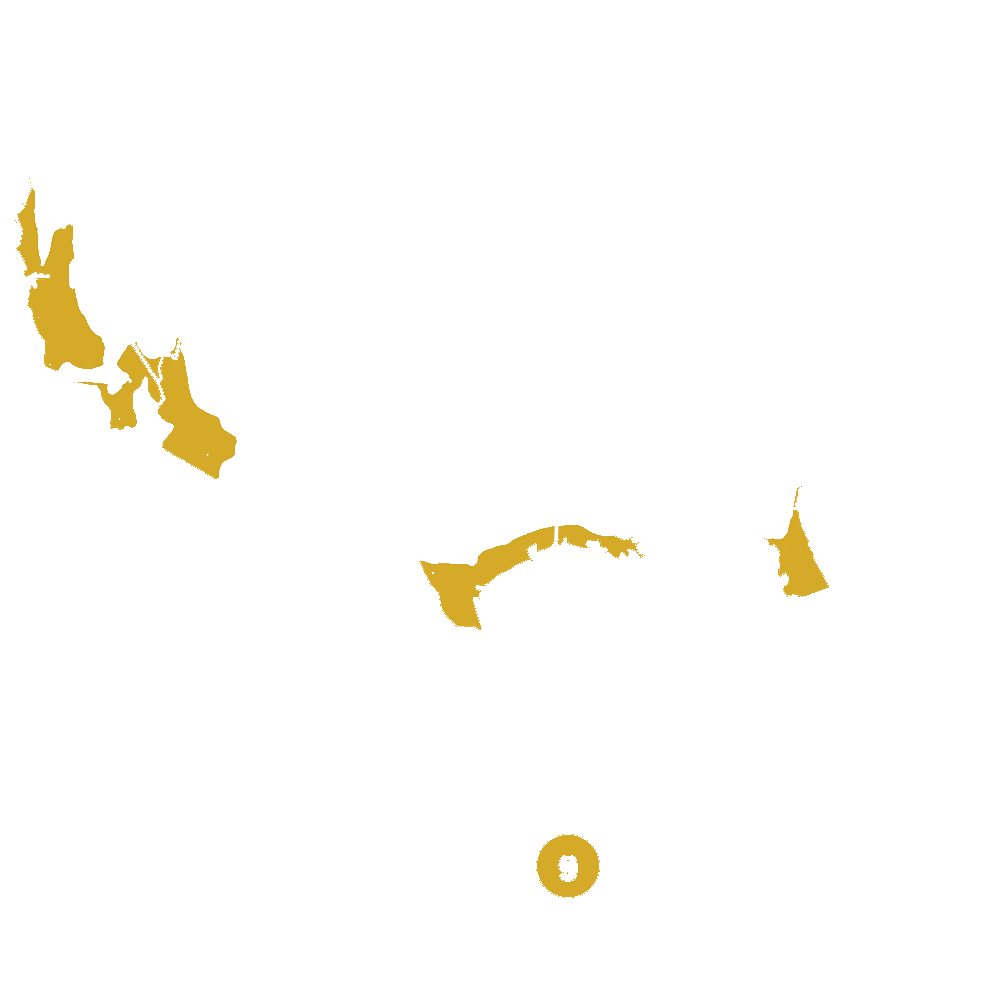
Pollination Info
Rosie the Riveter Rose (Rosa 'WEKzazou') - Pollination Info
The Rosie the Riveter Rose, also known as Rosa 'WEKzazou', is a stunning variety of hybrid tea rose. To ensure optimal pollination and healthy growth, consider the following information:
Pollination Type:
Rosie the Riveter Rose is insect-pollinated. Bees, butterflies, and other pollinators play a crucial role in transferring pollen from the male reproductive organs (stamens) to the female reproductive organs (pistils) of the flower.
Flower Structure:
The flower of Rosie the Riveter Rose is characterized by its large size, vibrant red color, and classic hybrid tea rose shape. It usually consists of several layers of petals, with a central cluster of stamens surrounding the pistils.
Pollinator Attraction:
Rosie the Riveter Rose is known to attract a wide range of pollinators due to its bright-colored petals and pleasant fragrance. The nectar-rich flowers serve as an enticing food source, attracting bees, butterflies, and other beneficial insects.
Planting Guidelines for Pollination:
- Choose a location with full sun exposure (at least 6 hours of direct sunlight per day).
- Ensure proper spacing between plants to allow air circulation and access for pollinators.
- Prepare the soil adequately by incorporating organic matter and ensuring good drainage.
- Water the plants regularly, especially during dry periods.
- Avoid using pesticides or insecticides that may harm pollinators.
Cross-Pollination:
If you want to encourage cross-pollination and potentially obtain rose hips (fruits), consider planting other compatible rose varieties nearby. Cross-pollination occurs when pollen from one cultivar is transferred to the stigma of another cultivar, resulting in genetic diversity.
Pollination Period:
Rosie the Riveter Rose generally blooms from spring to fall. During this period, the flowers are receptive to pollination. Regular deadheading (removal of spent flowers) promotes continuous blooming and encourages further pollination.
By following these pollination guidelines, you can ensure the health and vitality of your Rosie the Riveter Rose while supporting and attracting beneficial pollinators to your garden.
FAQ
Rosie the Riveter Rose (Rosa 'WEKzazou') FAQs
1. What is Rosie the Riveter Rose?
Rosie the Riveter Rose, scientifically known as Rosa 'WEKzazou', is a modern hybrid tea rose variety. It gets its name from the iconic character "Rosie the Riveter" that represents the hardworking women during World War II.
2. What are the characteristics of Rosie the Riveter Rose?
Rosie the Riveter Rose is a vigorous and upright rose bush that can grow up to 4-5 feet tall and spreads about 3 feet wide. It features large, full, and double blooms with a lovely blend of dark pink and light pink coloration. The flowers have a subtle fragrance and appear throughout the summer and fall.
3. How do I care for Rosie the Riveter Rose?
Here are some care tips for Rosie the Riveter Rose:
- Planting: Choose a sunny location with well-draining soil. Dig a hole slightly larger than the root ball and place the rose in the hole, backfilling with soil. Ensure the bud union (knobby part where the rose was grafted) is slightly above the soil line.
- Watering: Water the rose deeply once or twice a week, providing sufficient moisture without causing waterlogging. Increase watering during dry periods and decrease during rainy seasons.
- Fertilizing: Feed the rose with a balanced rose fertilizer according to the package instructions. Apply in early spring and again in mid-summer.
- Pruning: Prune Rosie the Riveter Rose in late winter or early spring before new growth begins. Remove dead or damaged wood, and shape the bush by cutting back about one-third of the previous year's growth.
- Pest and Disease Control: Regularly inspect the rose for common pests like aphids, spider mites, and rose slugs. Treat or use organic pest control methods if necessary. Watch out for diseases such as blackspot or powdery mildew and take appropriate measures.
4. Can I grow Rosie the Riveter Rose in containers?
Yes, Rosie the Riveter Rose can be grown in containers. Choose a large container with drainage holes, and use a good quality potting mix. Ensure the container receives at least 6 hours of sunlight per day and water it regularly. Container-grown roses might require more frequent watering than those planted in the ground.
5. Does Rosie the Riveter Rose make a good cut flower?
Yes, Rosie the Riveter Rose is an excellent choice for cut flowers. The large and beautiful blooms make for stunning floral arrangements. Harvest the roses in the morning when they are partially open, and immediately place them in a vase with water. Change the water every few days to prolong their vase life.
6. Is Rosie the Riveter Rose suitable for a beginner gardener?
Yes, Rosie the Riveter Rose is considered a relatively easy rose to grow and is suitable for beginner gardeners. Following the care instructions, maintaining proper watering and regular pruning should result in healthy growth and abundant blooms.
7. Where can I purchase Rosie the Riveter Rose?
Rosie the Riveter Rose can be found at local nurseries, garden centers, or specialized rose nurseries. It is also possible to purchase it online from various reputable rose suppliers and retailers.
Remember to always consult specific care instructions that come with your rose plant and adjust them according to your local climate and growing conditions.
Planting & Care
Planting & Care for Rosie the Riveter Rose (Rosa 'WEKzazou')
Planting:
- Choose a location with full sun exposure (at least 6 hours of direct sunlight per day) for planting Rosie the Riveter Rose.
- Ensure the soil is well-draining and rich in organic matter.
- Dig a hole that is wide and deep enough to accommodate the root ball of the rose bush.
- Gently remove the rose bush from its container and loosen the root ball if it appears tightly packed.
- Place the rose bush in the hole, making sure the bud union (the swollen area where the rose is grafted onto the rootstock) is level with or slightly above the soil surface.
- Backfill the hole with soil, firming it gently around the roots to eliminate any air pockets.
- Water the newly planted rose thoroughly.
Care:
- Watering: Water Rosie the Riveter Rose deeply and regularly, especially during dry periods. Ensure the soil remains consistently moist but not waterlogged. Avoid overhead watering to minimize the risk of fungal diseases.
- Fertilizing: Feed the rose bush with a balanced rose fertilizer according to the package instructions. Apply the fertilizer in early spring when new growth begins and then again in late spring and midsummer to promote continuous blooming.
- Pruning: Prune Rosie the Riveter Rose in early spring to remove any dead, damaged, or diseased wood. Shape the plant by selectively trimming branches to maintain its desired form. Light pruning after each bloom cycle can also encourage more flowers.
- Mulching: Apply a layer of organic mulch (such as wood chips or compost) around the base of the rose bush, extending it outward to cover the root zone. Mulching helps retain moisture, suppress weeds, and regulate soil temperature.
- Protection: Monitor for common rose pests like aphids, spider mites, and Japanese beetles. Treat infestations promptly using organic or chemical insecticides, if necessary. Additionally, protect the rose bush from strong winds by providing a windbreak or staking if required.
- Winter Care: In colder regions, provide winter protection for Rosie the Riveter Rose by applying a thick layer of organic mulch around the base of the plant. This helps insulate the roots and prevents frost damage. You may also consider using protective coverings or wrapping the bush with burlap during harsh winters.
By following these planting and care instructions, you can enjoy the beautiful blooms of Rosie the Riveter Rose throughout the growing season.
Check Out These Verified Customer Reviews:
Customer Reviews
4.7 out of 5 based on 20 reviews
Thank you! Your review has been submitted.
The rose was in perfect condition and the colors were vibrant. It exceeded my expectations!
Beautiful packaging, arrived quickly and safely. Rosie the Riveter Rose looks even more stunning in person!
Lovely rose, vibrant color.
Item has been added to your cart.



